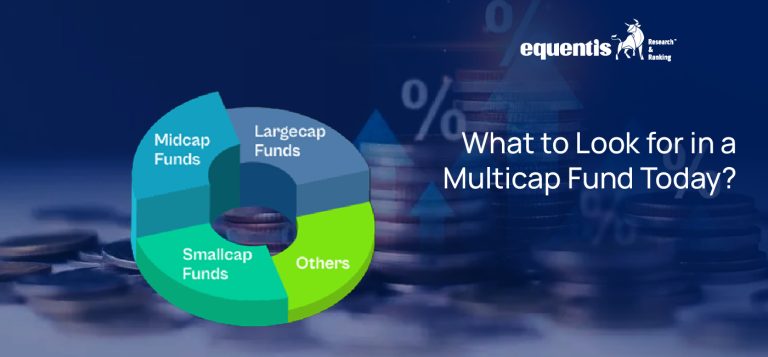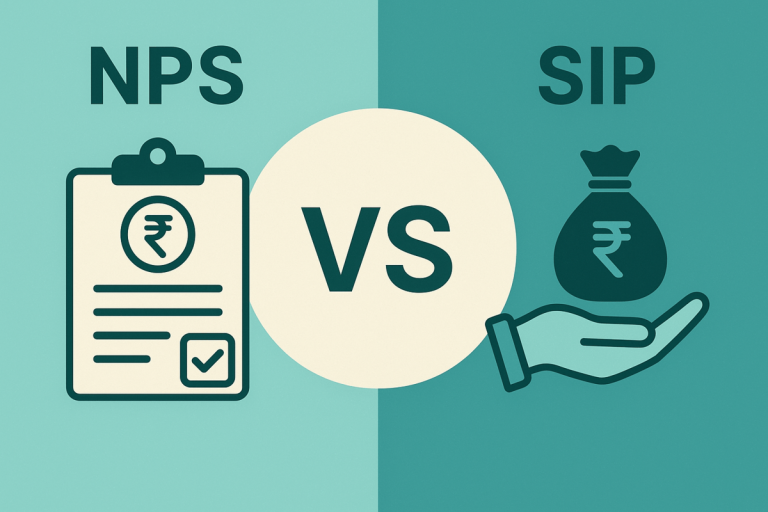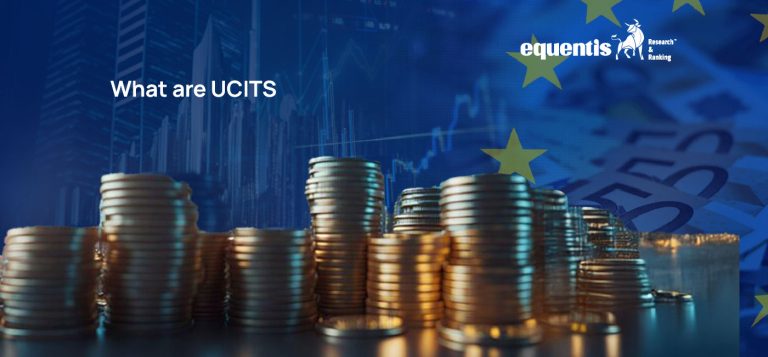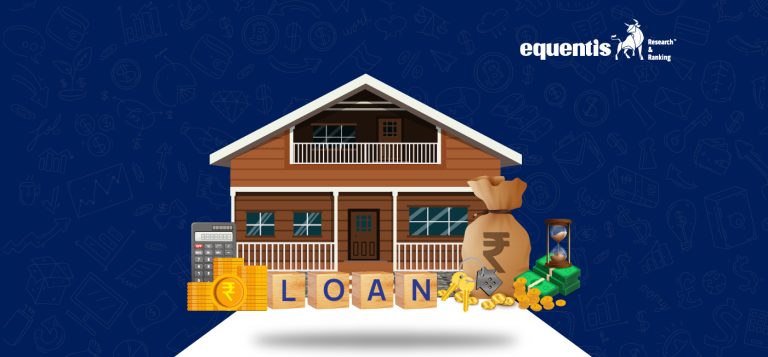Imagine you need ₹2–3 lakhs urgently. Maybe it’s to pay for a child’s education, unexpected medical expenses, or a once-in-a-lifetime opportunity for business. You do not want to sell your investments. You feel uncomfortable asking your friends or family. You decide to go with something that many Indian households traditionally rely on and know very well — gold jewellery.
You go to a bank or NBFC, pledge your gold ornaments, and a few hours later walk out with the cash you need. Gold loans are quick, safe and require a whole lot of paperwork that the lenders are taking care of. But now that you have the money, a question arises: How do you repay it?
Most people will assume it means monthly EMIs, which is the most common way to repay any loan. But what if income is not coming in monthly? Perhaps you are a trader with a seasonal income, or are a freelancer waiting on payment for a big client or expecting a year-end bonus. Repaying on a monthly basis may not align with cash flow.
What if there was a repayment structure that allowed you to breathe a little, where you do not repay anything for some months and settle everything when you are ready?
This is exactly what some lenders offer for gold loans. A flexible structure for people who may not have a regular monthly income, but are able to repay comfortably after some months.
What is Bullet Repayment in Gold Loans?
Bullet repayment is a repayment option in which the borrower pays the entire amount of the loan (principal and the interest) back in full, at the end of the loan tenure. Bullet repayment is commonly used to describe short-term loans against gold, since many individuals that use short-term gold loans do so out of a compelling need for immediate funds and are not able to service monthly cash outflows, but are certain they will receive a lump sum in a short period of time.
With traditional loans, the borrower pays back the loan amount in EMIs. Under a bullet repayment scheme, the borrower is not obliged to repay the loan under an EMI method that blends both principal and accrued interest for that period. Rather, the borrower needs to make only one salient payment of the principal borrowing amount at the end of the agreed term, along with total interest accumulations over the loan term.
For example, you borrow ₹2,00,000 for 12 months with an annual interest rate of 12%. You do not pay anything monthly and simply accumulate interest on the principal amount borrowed. At the end of 12 months, you will repay the principal borrowing amount of ₹2,00,000, and total interest charges of ₹24,000, your total payment will be ₹2,24,000. Once the entire payment has been made, the money lender will return a pawned gold item.
Bullet repayment terms can be like the above example or the terms can equally be more favourable to the borrower with lower interest rates.
Bullet repayments work well for individuals that require immediate access to funds, but are also intending to pay the loan back in a lump sum and do not wish to make monthly cash outflows.
Distinct Characteristics of Bullet Repayment in Gold Loans
Repayment Type: The main characteristic of bullet repayment is its lump-sum repayment model and not an amortized payment plan. In bullet repayment, instead of repaying the whole principal together with the assigned interest and other costs in equal installments throughout the tenor, you will pay all of it at once at the end of the tenor of the loan.
No Periodic EMIs: Bullet repayment does away with any need for monthly cash flows that sometimes can be a burden associated with traditional loans in which you have to follow a fixed monthly EMI.
Loan Tenor Type: Gold loans with bullet repayment are best suited to cases where the loan tenor is shorter – normal gold loans will offer a tenor of between 3 months to a maximum of 12 months.
Interest Calculation Basis: While you have made no payments to date, interest on the principal of the loan continues to develop monthly. The lender however calculates interest each month, as outstanding interest is not payable until the end of the tenor with the principal.
Ideal Borrowers: Lump-sum income earners that expect one payment in the future i.e. traders, farmers, freelancers, salaried workers waiting on bonuses, etc.
Prepayment Options: Most lenders allow borrowers to prepay their gold loan before the end of the tenor, including bullet repayment loan. Some lenders may charge its borrowers for prepayment or for closure, so check, it’s common for borrowers to pre-pay the loan to lessen the total interest to be paid.
Understanding How Bullet Repayment Works
Bullet repayment for gold loans is straightforward and flexible. Here’s how it works:
Step 1:Gold is Deposited with the Lender
The process begins when you apply for a gold loan from a bank or a non-banking financial company (NBFC). You deposit gold ornaments, coins, or jewellery with the lender as security or collateral against the loan. The lender determines the market value of this gold based on its purity and weight. The lender will likely accept gold in the range of 18 to 24 carats, and the assessment is done on the spot when you deposit the gold.
Step 2: Loan is Given Dependent upon Gold Value (LTV Ratio)
Once the gold has been evaluated, the lender assesses a Loan-to-Value (LTV) ratio, i.e. how much the lender will lend you based as a percentage of the appraised gold value; generally, up to 75% of the gold’s market value as per the RBI requirements!
Step 3: No Monthly Payments during Loan Period
The major difference with bullet repayment is that you do not have to make a monthly EMI. The way it works for you becomes helpful because you can use all of the loan amount for the purpose without worrying about having regular deductions from your income/savings.
Step 4: Interest Will Still Accrue Monthly, but Not Pay
Although you would not be making monthly payments on the loan, you will still have to pay interest on your repayment at the end of the tenure. The interest is usually calculated according to the reducing balance method or simple interest, and instead of paying it monthly, they will accrue upon the total repayment that is due at the end.
Step 5: Repay the Loan Amount in One Single Payment
At the end of your tenure (generally between 3 to 12 months), you are required to repay the total outstanding amount in one single payment. This amount will include:
- The total principal loan amount you borrowed
- Total interest you owe for the period you held the loan
Step 6: Full Payment Means Discover the Pledged Gold
When you have paid the total loan amount, the lender will return the pledged gold! The gold will be returned at the same condition when it was pledged.
Bullet Repayment in Gold Loans – Detailed Comparison
| Category | Advantages | Disadvantages |
| Repayment Structure | Making a payment, at the conclusion of the loan term, eases expenses but demands a significant lump sum at the end that could pose financial strain if not prepared adequately. | Having to make a large lump-sum payment at maturity can be an additional source of financial stress if not adequately planned |
| Cash Flow Management | Especially good for individuals with different salaries throughout the year, such as farmers, traders, or business owners, who can expect a lump sum in the future. | May not be suitable for salaried people with monthly budgets who pay their bills on a monthly basis, a lack of EMI may also create bad saving habits. |
| Loan Term | Good for loans for shorter periods of 3-12 months | Not suitable for longer loan terms, as interest will continue to accrue without repayment. |
| Ease of Access | Loan documentation is minimal, and approval is quick, such as a gold loan taking hours to be sanctioned. | Loan to value (LTV) is capped (generally up to 75%) for your gold, which is the market value. |
| Interest Paid | You do not have to pay interest every month, as it is paid along with the principal at loan maturity, offering some relief while you wait. | The total interest continues to accrue over the loan tenure, and it can become expensive to pay if you do not repay the loan on time. |
| Financial Planning | If you have urgent cash needs it offers breathing room until money arrives, without the worry about EMIs. | It can provide a poor financial management strategy or increased over-borrowing should the borrower underestimate the total amount due or misjudge their potential available cash inflow. |
| Collateral Safety | The lender will take hold of the gold and often store it within insured lockers, which will be returned upon full repayment. | If there is a failure to repay, the auction of the gold may be performed by lenders to recover payments, which can have personal and financial value losses. |
| Prepayment Options | Many lenders permit prepayment without penalties or fees should you repay early, thereby reducing the total interest burden. | Some may apply prepayment or foreclosure privileges, check before signing the loan agreements. |
Bullet Repayment vs EMI-Based Repayment
Here is a comparison of Bullet Repayment and EMI-Based Repayment:
Bullet Repayment: The principle of bullet repayment is that the borrower pays back the entire amount financed (principal + interest) in one single payment at the end of the loan period.
EMI Based Repayment: EMI loan repayment involves a monthly payment which consists of both principal and a portion of interest. For salaried individuals, this is efficiently suited to managing financial obligations, as the loan burden can be shared over many months. Paying through an EMI payment allows the borrower to avoid a major payment in one period.
The Key Difference: The warring principles between a bullet repayment loan and an EMI loan are short term flexibility and potential, versus long term systematic affordability. Which option is best for you depends on the patterns of your cash flow, and your ability to repay.
Important Considerations about Bullet Repayment
- Practice Financial Discipline: Even though you are not paying monthly installments, it is your responsibility to have a lump sum of money set aside and available at the end of the loan term. If you fail to plan appropriately, you may have a financial burden.
- Interest Will Still Accrue: Not making repayments does not mean you are not accruing interest whenever the loan term is running. You will be required to pay any interest along with the principal at the end of the loan.
- Risk of Losing Your Gold: If you do not repay the full amount on time, the lender will have the right to auction your pledged gold.
- Limited for Short Term Loans: Bullet repayments are usually limited to short-term loans. A bullet repayment is usually allowed for gold loans only within term limits of 3 to 12 months.
- Check Pre-Payment Options: A lot of financial institutions allow you to prepay upfront, and some do not charge a prepayment fee. Be sure to read the fine print on the loan agreement before you take out the loan.
Conclusion
Bullet repayment in gold loans offers a flexible method to access short-term funds without the hassle of monthly EMIs. Bullet repayment is great for someone expecting to receive a lump-sum amount in the near future, such as a bonus, the income of a crop, or maturity from another investment. Of course, while this option is convenient, it comes with an obligation to think ahead: interest accrues with time and failing to make repayment on time could ultimately result in the loss of your gold.
FAQs
Is bullet repayment better than EMI-based repayment for gold loans?
It really depends on your cash flow. Bullet repayment is likely better in situations whereby you expect to receive a lump-sum amount. EMI based repayment is ideal for someone who has enough cash flow management capability to remit bills monthly.
Do I pay more interest in a bullet repayment?
You pay the same interest rate but because you do not reduce the principal with EMIs, interest accrues based upon the full amount. Thus, the total interest paid may feel higher when the loan is open the full duration of the loan.
Can I repay this loan early relating to bullet repayment?
Yes. Almost all lenders permit early repayment. Although, you may incur a nominal prepayment charge. Always check the lender’s terms.
Disclaimer Note: The securities quoted, if any, are for illustration only and are not recommendatory. This article is for education purposes only and shall not be considered as a recommendation or investment advice by Equentis – Research & Ranking. We will not be liable for any losses that may occur. Investments in the securities market are subject to market risks. Read all the related documents carefully before investing. Registration granted by SEBI, membership of BASL & the certification from NISM in no way guarantee the performance of the intermediary or provide any assurance of returns to investors.

















